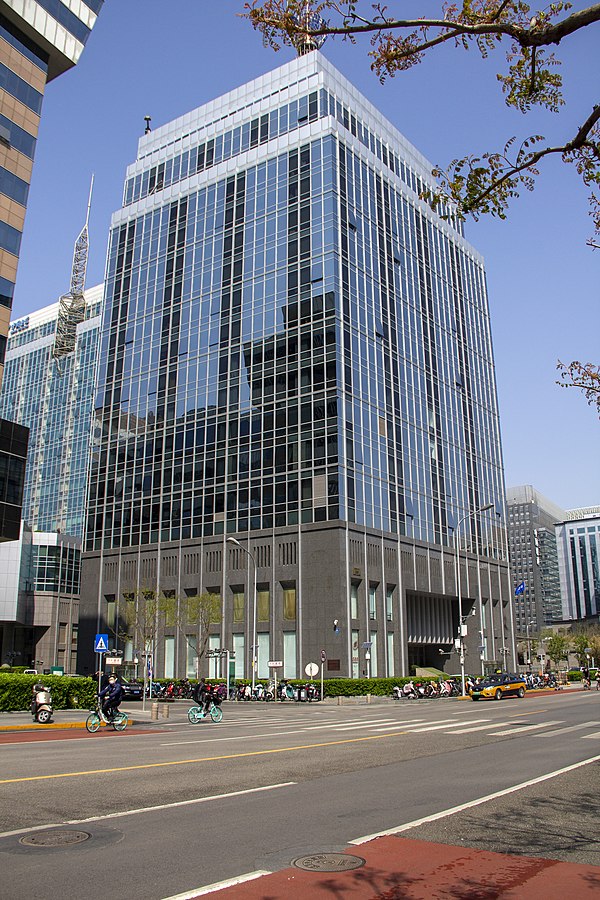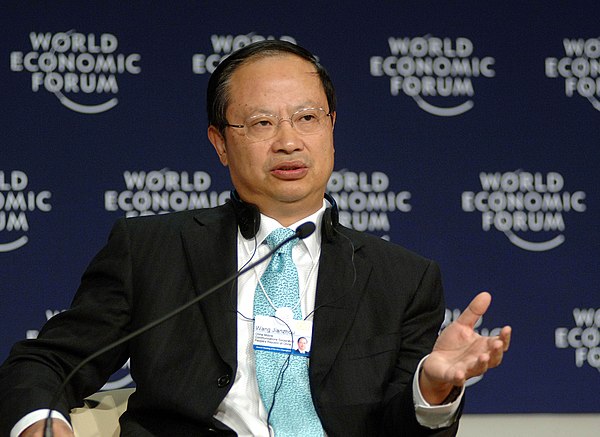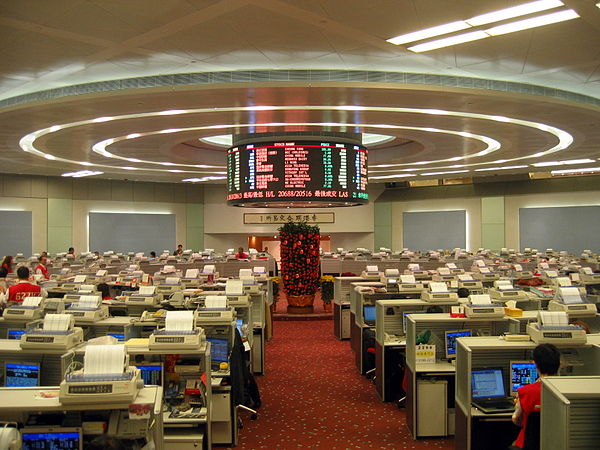China Mobile
Videos
Page
China Mobile is the trade name of both China Mobile Limited and its ultimate controlling shareholder, China Mobile Communications Group Co., Ltd., is a Chinese state-owned telecommunications company. It provides mobile voice and multimedia services through its nationwide mobile telecommunications network across mainland China and Hong Kong. China Mobile is the largest wireless carrier in China, with 945.50 million subscribers as of June 2021. China Mobile was ranked #25 in Forbes' Global 2000 in 2023.

Headquarters in Beijing

Wang Jianzhou, chairman and CEO during the Market Insight: Frontier Markets plenary session in Tianjin, China, 28 September 2008

Display of China Mobile phones, 2010

A China Mobile store in Shenzhen
Hong Kong Stock Exchange
Videos
Page
The Stock Exchange of Hong Kong is a stock exchange based in Hong Kong. As of the end of 2020, it had 2,538 listed companies with a combined market capitalization of HK$47 trillion. It is reported as the fastest growing stock exchange in Asia.

Hong Kong Stock Exchange

Russian President Dmitry Medvedev with exchange Chairman Ronald Arculli during a visit to Hong Kong on 17 April 2011